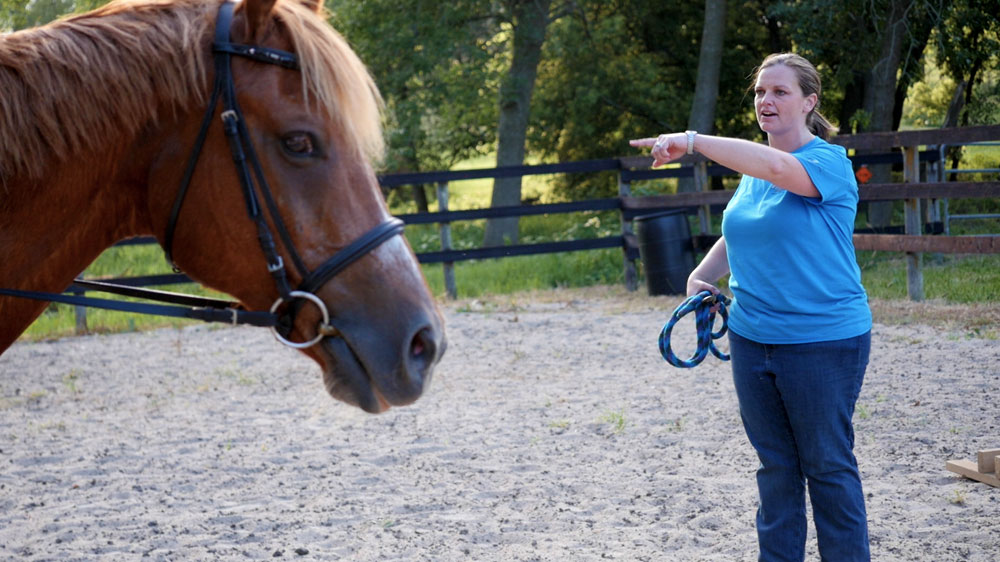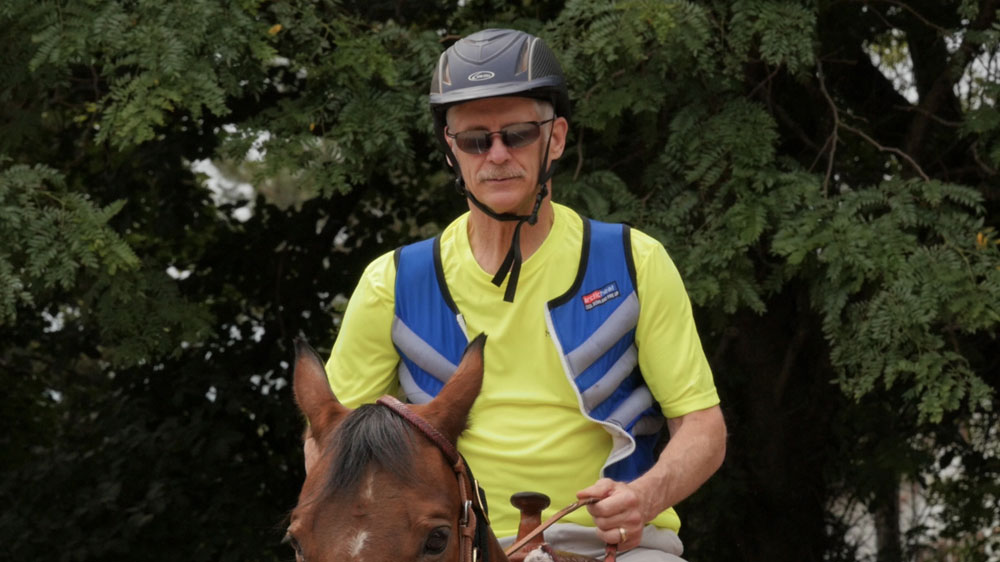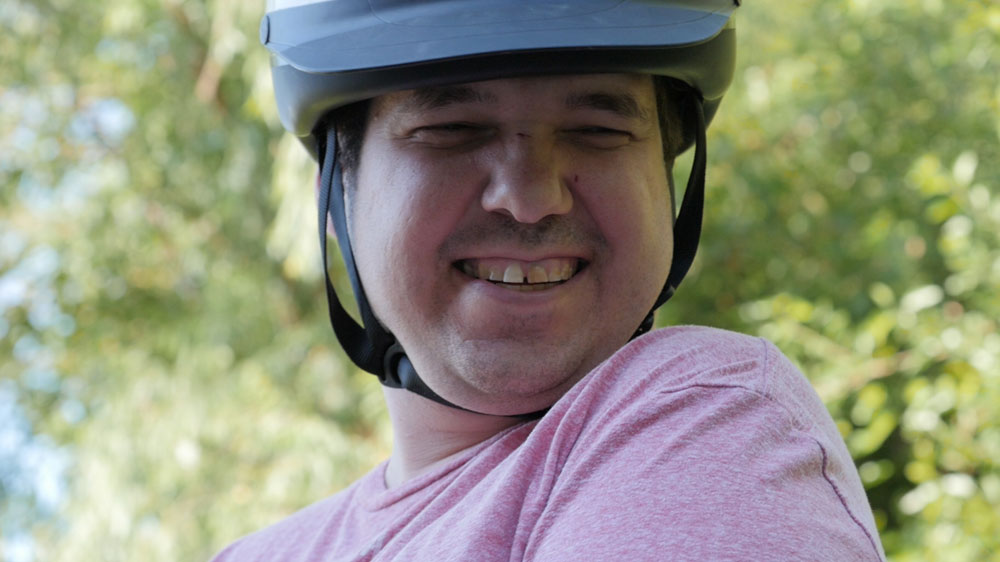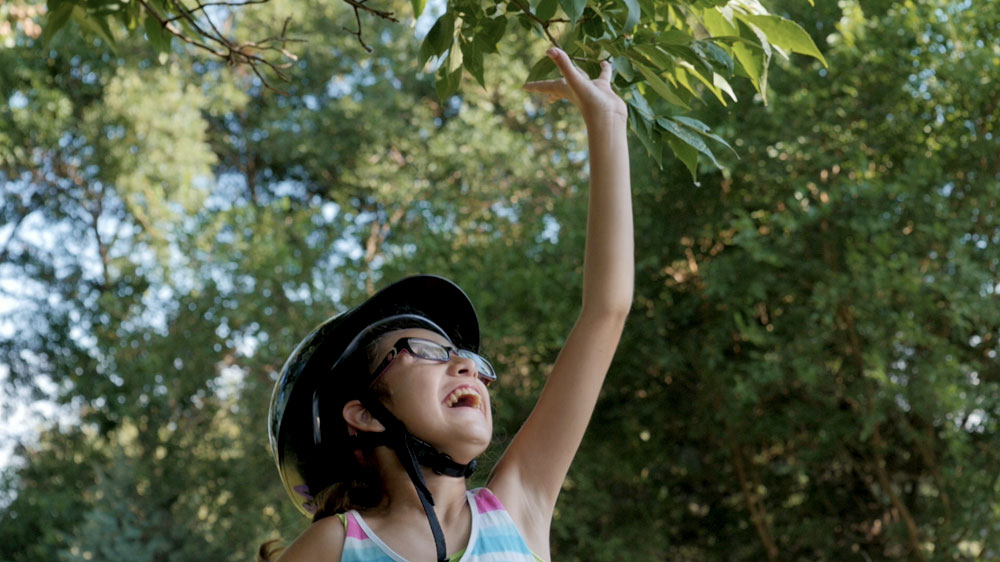
About Equitherapy
Equitherapy is an umbrella term for a broad range of equine-assisted activities for people who have physical, emotional, cognitive, and social difficulties. Equitherapy can include interacting with horses on the ground as well as therapeutic horseback riding activities.
Equitherapy emerged in Europe in the 1950s as a tool to assist people with physical disabilities and quickly spread to the United States and Canada. Originally founded as the North American Riding for the Handicapped Association, the Professional Association of Therapeutic Horsemanship International (PATH International) has more than 850 member centers and nearly 7,600 individual members in countries all over the world, who help and support more than 54,000 men, women and children with special needs each year through a variety of equine-assisted activities and therapy programs.
Equine-assisted psychotherapy (EAP) is a specialized field of equitherapy that involves a Licensed Mental Health Practitioner and focuses specifically on mental health related issues through ground-based interaction with horses. The Equine Assisted Growth and Learning Association (EGALA) provides training and certification to over 4,500 EAP therapists in over 50 countries.

Who can Benefit
Therapeutic riding has benefitted children, teens, and adults diagnosed with a wide range of physical, emotional, cognitive or developmental challenges. Equitherapy can also accommodate family therapy and benefit family members of individuals with disabilities or diagnoses.

Although equitherapy was first developed to assist clients with physical mobility concerns, it is now widely used as a therapeutic tool to address mental health issues as well. In recent years, there has been growth in the use of equitherapy with veterans, both in addressing physical mobility issues and mental health concerns such as post-traumatic stress disorder.
Issues that are often addressed in equitherapy include:
Amputation
Attention Deficit and Hyperactivity Disorder
Autism Spectrum Disorders
Behavior Disorders
Cardiovascular Disease
Cerebral Palsy
Chemical and Alcohol Abuse
Depression and Anxiety
Developmental Delay
Down’s Syndrome
Intellectual Disabilities
Learning Disabilities
Mental Health Problems
Multiple Sclerosis
Muscular Dystrophy
Paralysis
Parkinson’s Disease
Post-Traumatic Stress Disorder
Reactive Attachment Disorder
Seizure Disorders
Speech Impairments
Spina Bifida
Spinal Cord Injury
Stroke
Terminal Illness
Traumatic Brain Injuries
Visual and Hearing Impairments
How therapeutic riding works
There are a variety of mechanisms at work during a therapeutic riding session that contribute to the growth, development, and healing of participants. Therapeutic riding began as a way to use the natural motion of a horse to simulate and stimulate the human gait.
Riders with physical disabilities often achieve increased flexibility, muscle strength and balance.
Cognitive Functions
The use of therapeutic riding quickly grew to include activities for challenges beyond physical limitations. Therapeutic activities have been developed to support cognitive development as well. Participants work on following multi-step instructions, understanding cause and effect relationships, effective task sequencing, and assessing and reducing risk.
Directing a horse through specialized sequencing tasks helps support executive function and planning, attention and focus, cognitive processing, and working memory development for participants in therapeutic riding.

Emotional Development
Both mounted and ground-based equitherapy impact the emotional development of participants. Horses have an increased sympathetic nervous system and enhanced mirror neurons, which allow them to recognize and respond to the emotions of others.
The natural empathy that horses feel towards others provides tangible feedback to the rider and therapist about conscious and unconscious emotional issues. Horses also trigger a conditioned relaxation response for most people (other than those who have a genuine fear of horses).

Anxiety Mitigation
Further, contact between humans and horses has been shown to release oxytocin, a hormone that lowers anxiety and increases empathy. Washington State University found that children participating in equine learning sessions had lower cortisol levels than the control group that did not participate in the equine learning.
Additionally, horses have a “coherent” heart rhythm that is a measure of well-being and found with emotional states of calm and joy. Research conducted by the Institute of Heart Math found that a horse’s heart electromagnetic field can directly influence a human’s heart rate.

Other Questions
What is the difference between horseback riding lessons and therapeutic riding?
While therapeutic riding may appear very similar to a traditional horseback riding lesson, it actually is quite different. Therapeutic riding requires a specially trained therapeutic riding instructor who develops therapeutic goals in consultation with the rider and then develops a therapeutic plan to meet those goals. At Windsong Equitherapy, three of our six therapeutic riding instructors are fully certified by PATH International. The remaining three therapists are in training and are directly supervised by one of our certified therapists. Therapeutic goals may address elements of physical therapy, occupational therapy, speech therapy, or other educationally-based targets.
The activities that comprise the actual therapeutic session in mounted riding programs, such as at Windsong Equitherapy, may involve basic horseback riding technique that you would find at a horseback riding lesson. These basic skills are typically combined with unique physical challenges and exercises while riding, along with sequencing or memory tasks. Grooming or other tack responsibilities may also be incorporated into the therapeutic plan. Some equitherapy programs, such as equine-assisted psychotherapy, do not include a mounted riding component, but focuses instead on ground-work interactions between the client and the horse. The unique combination of activities specifically targets the goals of each rider. As skills are mastered and goals are met in therapeutic riding, self-confidence increases, which in turn fuels more goal-setting and progress.
What is the difference between other therapies and equitherapy?
Traditional therapies such as psychical therapy, occupational therapy, speech therapy and psychotherapy, usually occurs in a medical clinic, professional office or educational setting. Equitherapy is held in a pastoral setting, sometimes in an inside arena, but often times therapy occurs in an outdoor arena or a sensory trail.
The pastoral location is an essential factor in equitherapy as it evokes a different cognitive expectation about therapy and the therapeutic relationships. The dynamics of the therapeutic relationship itself are different as the horse serves as a unique tool to facilitate building and maintain a positive therapeutic relationship. The use of the horse directly in therapeutic activities can serve as a motivator for clients to engage in an activity that they might not otherwise be willing to do in a clinic setting.
The experiential nature of equitherapy has an additional benefit for traditional psychotherapy in particular. Psychotherapy largely relies of verbal self-reports from the client to identify issues and to gauge progress towards therapeutic goals. Observing the non-verbal interaction with the horse provides the therapist (as well as the client) with important information about the client’s emotional state as well as progress towards therapeutic goals.
Is equitherapy effective?
There is widespread acceptance of equitherapy within the medical/professional and educational communities. The American Physical Therapy Association (APTA), American Occupational Therapy Association (AOTA) and the American Speech and Hearing Association (ASHA) all recognize the value of equine-assisted therapy. There is long-standing evidence of the efficacy of animal-assisted therapy in treating mental health concerns.
The growing evidence base specific to equine-assisted therapy already has documented positive effects for riders with a variety of physical, mental, emotional and developmental concerns. A recent review of the research literature identified 103 studies on various forms of equitherapy. The authors then conducted an in-depth review of the 14 empirical studies that dealt with the biopsychosocial effects of equitherapy.
They found two studies had moderate evidence of effective psychosocial outcomes while nine studies showed significant positive outcomes. Specific positive outcomes from these studies included increased motor coordination, work readiness, self-esteem, and adaptive functioning and decreased dissociative symptoms, depression and negative affect.

